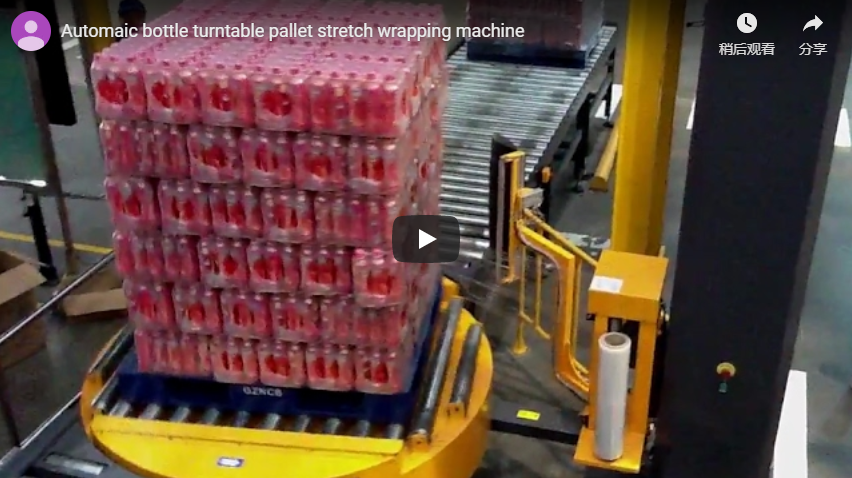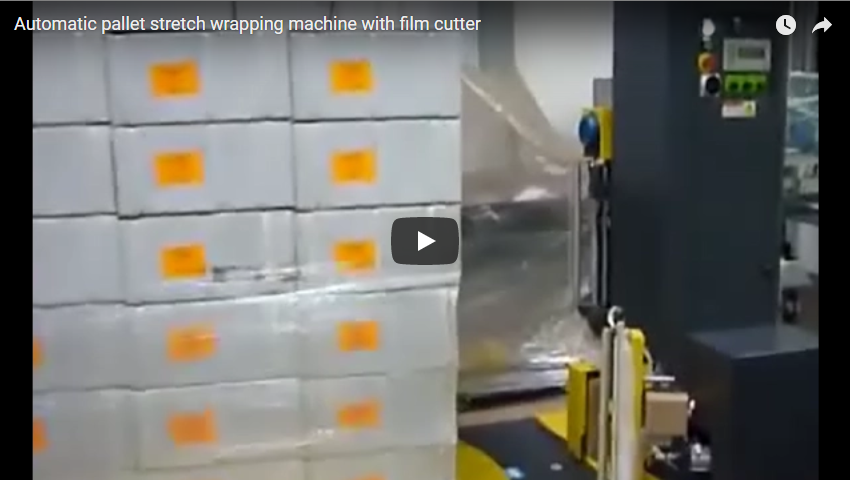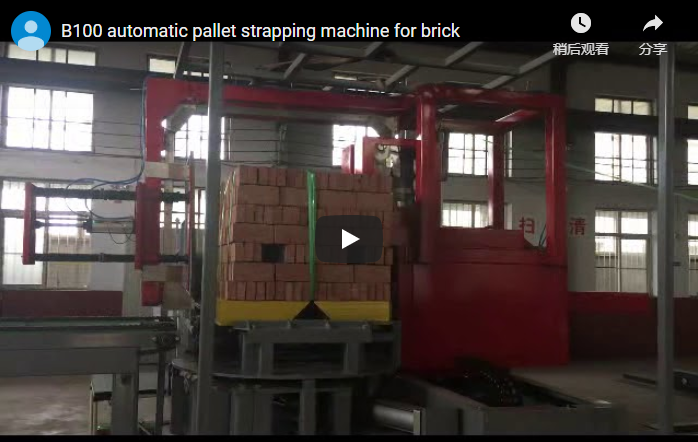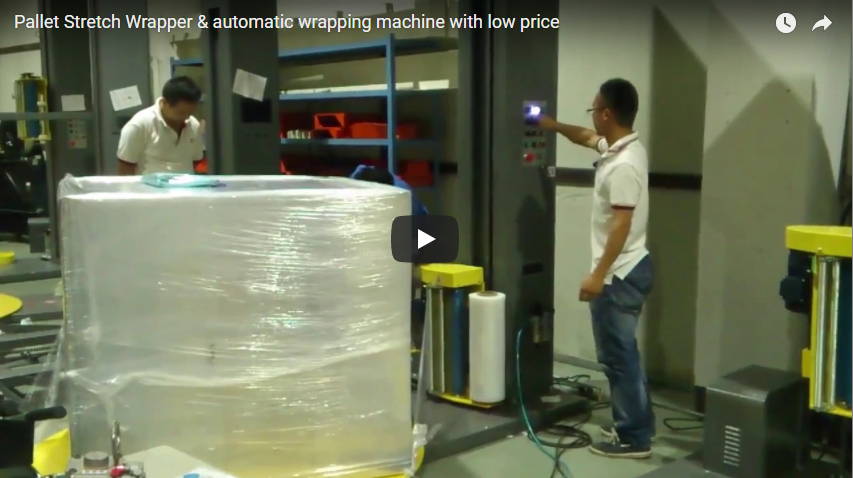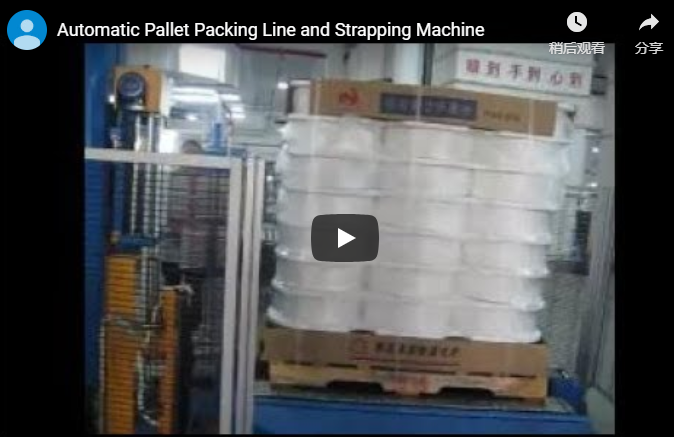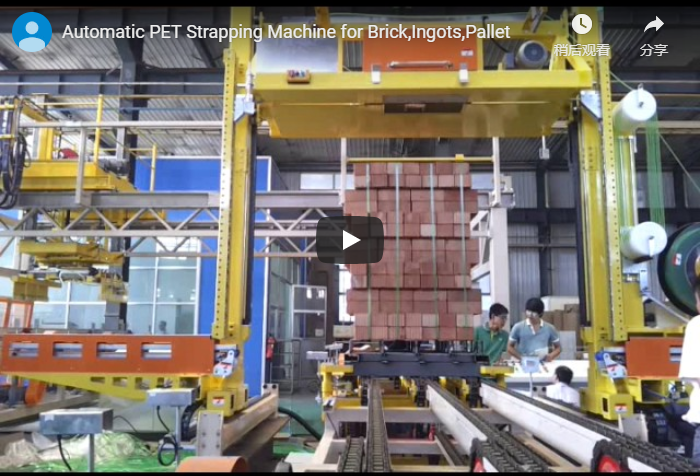Boosting Throughput and Load Security: A Closer Look at FHOPE's Automatic Pallet Strapping & Wrapping Machines
In today's fast-paced manufacturing and logistics environments, optimizing the end-of-line packaging process is crucial. Manual or semi-automatic pallet wrapping and strapping methods can become bottlenecks, impacting throughput, introducing inconsistencies, and potentially compromising load stability during transit. For operations handling significant volume, integrated automatic solutions offer a compelling advantage. This closer look examines the capabilities of automatic pallet strapping and wrapping machines, specifically focusing on offerings like those from Shanghai-based manufacturer FHOPE.
1. The Synergy of Strapping and Wrapping: Why Combine Processes?
Integrating both strapping and stretch wrapping into a single automated sequence delivers several key benefits:
- Enhanced Load Stability: Strapping provides unitization, holding products tightly together, while stretch wrapping offers containment and protection against dust, moisture, and shifting. The combination ensures maximum load integrity, crucial for preventing costly damage during shipping and handling.
- Increased Efficiency: Automating both steps within one machine cycle significantly reduces handling time compared to separate processes or manual application. This directly translates to higher throughput potential for the entire packaging line.
- Optimized Floor Space: A single combined machine naturally requires less floor space than two separate units, a valuable consideration in often-crowded plant layouts.
- Streamlined Operation: Integrating the controls and mechanics simplifies operation and maintenance compared to managing two distinct systems.
2. FHOPE's Approach: Technology in Action
FHOPE designs its automatic pallet strapping and wrapping machines with a focus on reliability and adaptability for various industrial applications. Let's delve into the typical features and technology involved:
- Integrated Control System: Typically utilizing a PLC (Programmable Logic Controller) with an HMI (Human-Machine Interface) touchscreen, these systems allow operators to easily select pre-programmed recipes, adjust parameters, and monitor machine status.
- Robust Strapping Head: Designed for high-speed application of PET or PP strapping, featuring automatic strap feeding, tensioning, sealing (often friction-weld for reliability), and cutting. Multiple strapping patterns (e.g., 1, 2, or more straps) can usually be programmed based on load requirements.
- Advanced Stretch Wrapping: Incorporates features like powered pre-stretch (often achieving 250-300% stretch) to maximize film efficiency and secure containment. Adjustable wrapping tension control ensures optimal wrapping force without crushing the product. Options may include top sheet dispensers for weather protection or roping devices for enhanced load stabilization at the base or top.
- Conveyor Integration: Designed for seamless integration into existing conveyor lines, with sensors detecting pallet presence and initiating the automatic cycle. Different conveyor types (roller, chain) can typically be specified.
- Safety Features: Compliant with modern safety standards, incorporating light curtains, safety fencing, emergency stops, and interlocking doors to protect personnel during operation.
Key Technical Parameters (Typical Range):
- Turntable/Ring Speed: Variable, impacting cycles per hour (e.g., 10-20 RPM for turntable wrappers, potentially higher for ring wrappers).
- Strapping Capacity: Dependent on configuration (e.g., 20-60 pallets per hour).
- Max Load Size (L x W x H): Customizable, but common ranges accommodate standard pallet dimensions.
- Max Load Weight: Typically supports loads from 1500kg to 2500kg+.
- Film Type/Width: Standard LLDPE stretch film, often 500mm width.
- Strap Type/Width: PET or PP strap, common widths like 12mm or 16mm.
3. Real-World Application & Evaluation Insights
From personal experience evaluating and observing automated packaging systems, the transition to a combined strapping and wrapping machine often addresses several pain points:
- Consistency is Key: Manual application varies significantly between operators and fatigue levels. Automation ensures every pallet receives the same programmed strapping pattern and wrap containment, leading to predictable load security.
- Labor Optimization: Automating these repetitive tasks frees up valuable personnel for more complex duties, addressing labor shortages and reducing ergonomic risks.
- Damage Reduction: The primary driver is often reducing product damage during transit. Properly strapped and wrapped pallets are significantly less likely to shift or collapse. We've seen quantifiable reductions in damage claims post-implementation.
When considering such a system, key questions arise:
- What is our required throughput (pallets per hour)?
- What are the dimensions and weight ranges of our typical loads?
- Are there unique load characteristics (fragile, unstable, irregular shapes)?
- How will this integrate with upstream and downstream automation (conveyors, AGVs)?
- What level of customization (e.g., specific strapping positions, wrap patterns) is needed?
- What are the installation requirements, training needs, and long-term maintenance considerations?
Addressing these points thoroughly ensures the selected machine truly fits the operational need.
4. Customization and Support: Tailoring the Solution
Recognizing that no two packaging lines are identical, manufacturers like FHOPE typically offer customization. This might involve:
- Adjusting machine dimensions for non-standard pallet sizes.
- Integrating specific conveyor heights or types.
- Modifying strapping head placement for specific load requirements.
- Programming unique wrapping cycles (e.g., reinforcing wraps at specific points).
Beyond the machine itself, comprehensive after-sales support is vital. This includes installation assistance, operator training, readily available spare parts, and responsive technical support to minimize downtime and ensure users maximize the machine's capabilities over its lifespan.
5. Conclusion: Investing in Automated End-of-Line Packaging
For businesses in logistics, warehousing, and manufacturing looking to enhance efficiency, improve load security, and optimize labor, automatic pallet strapping and wrapping machines represent a significant technological step forward. FHOPE, based in Shanghai, stands as an experienced manufacturer in this field, offering a range of configurable, high-quality machines designed to meet diverse industrial packaging needs. By carefully evaluating requirements and leveraging the capabilities of integrated automation, companies can achieve substantial improvements in their end-of-line packaging operations.
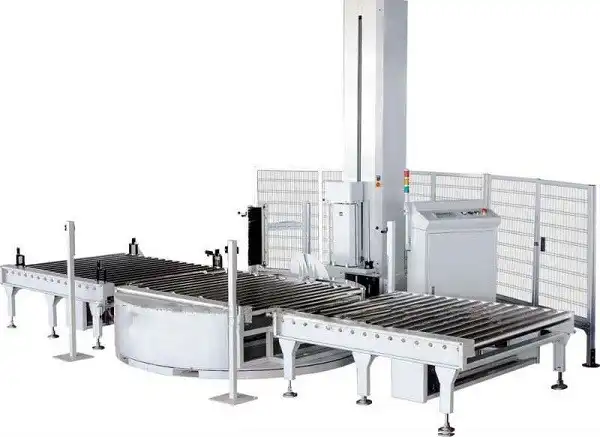
For more details on stretch wrapping solutions:
https://www.fhopepack.com/Stretch_wrapping_machine.html
Contact for inquiries:
info@fhopepack.com

